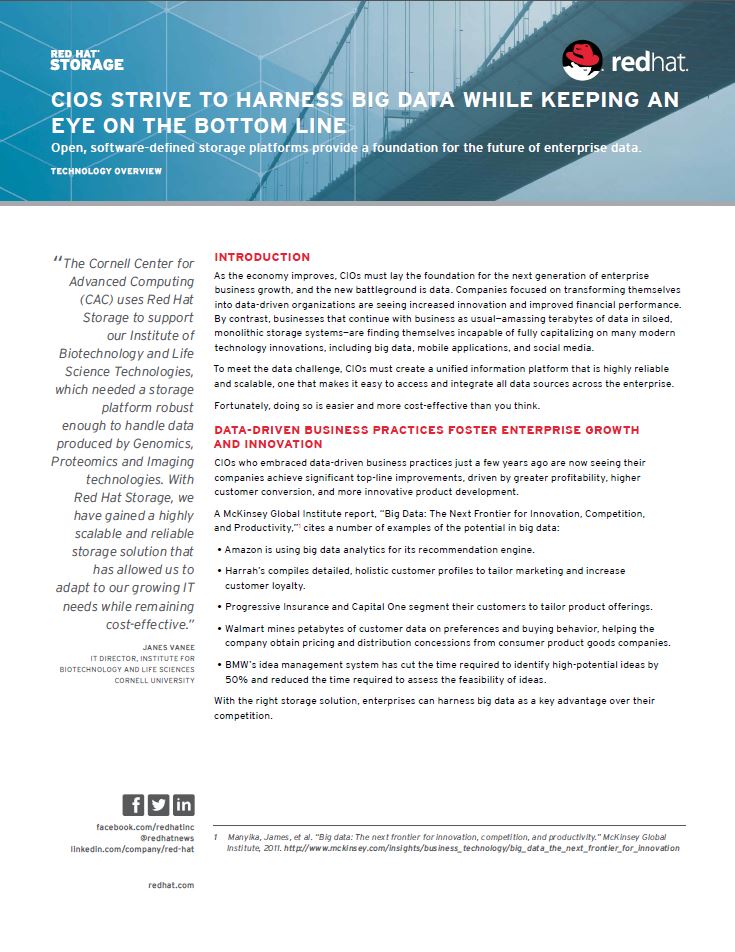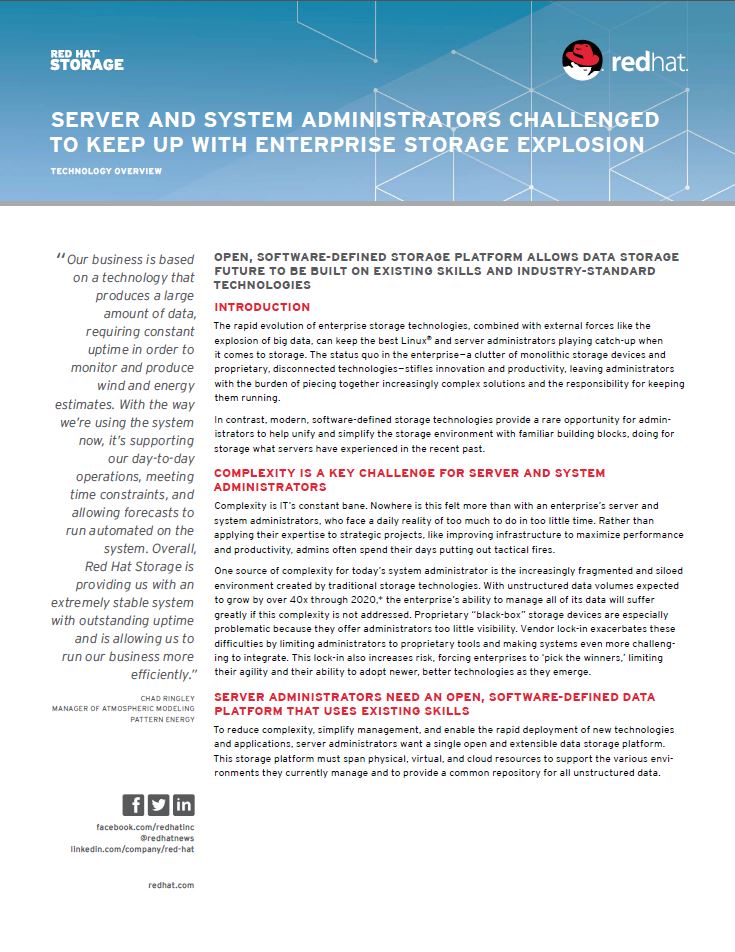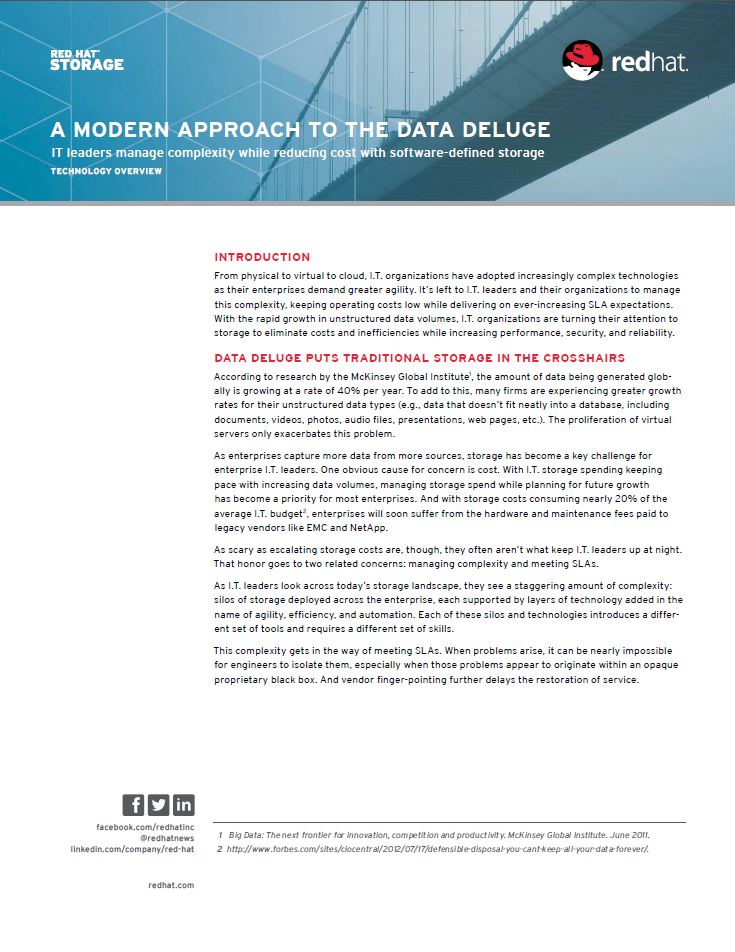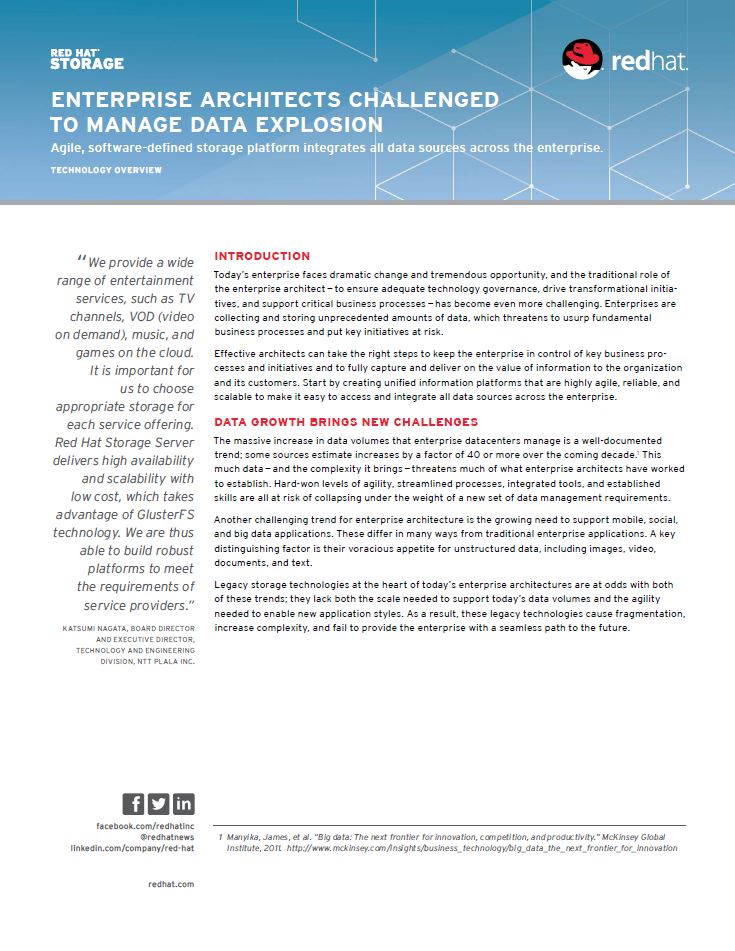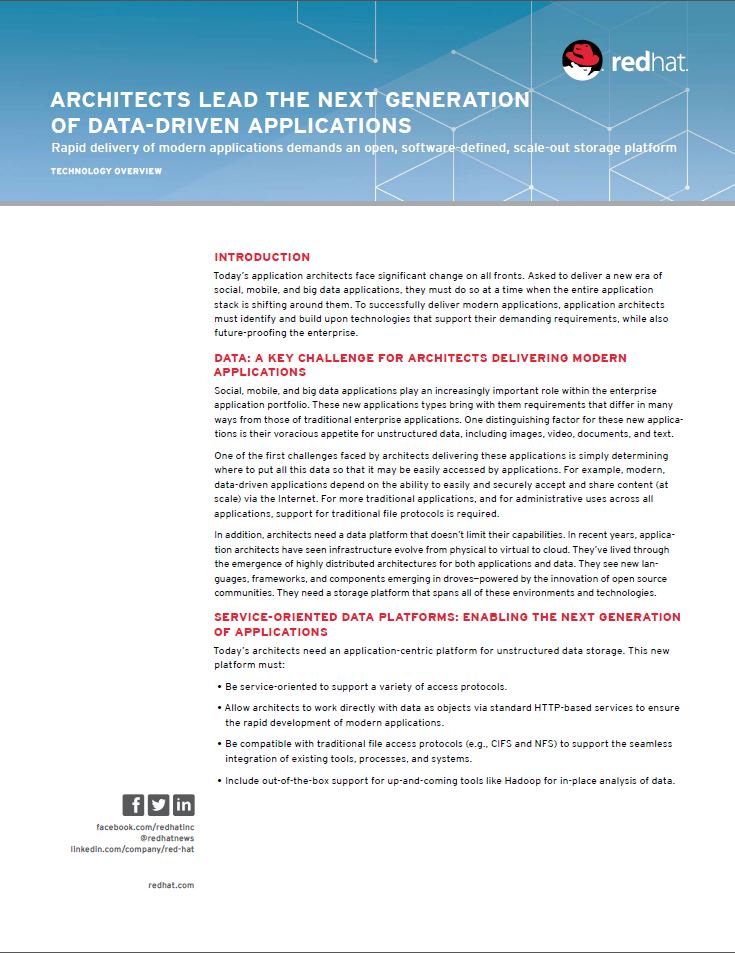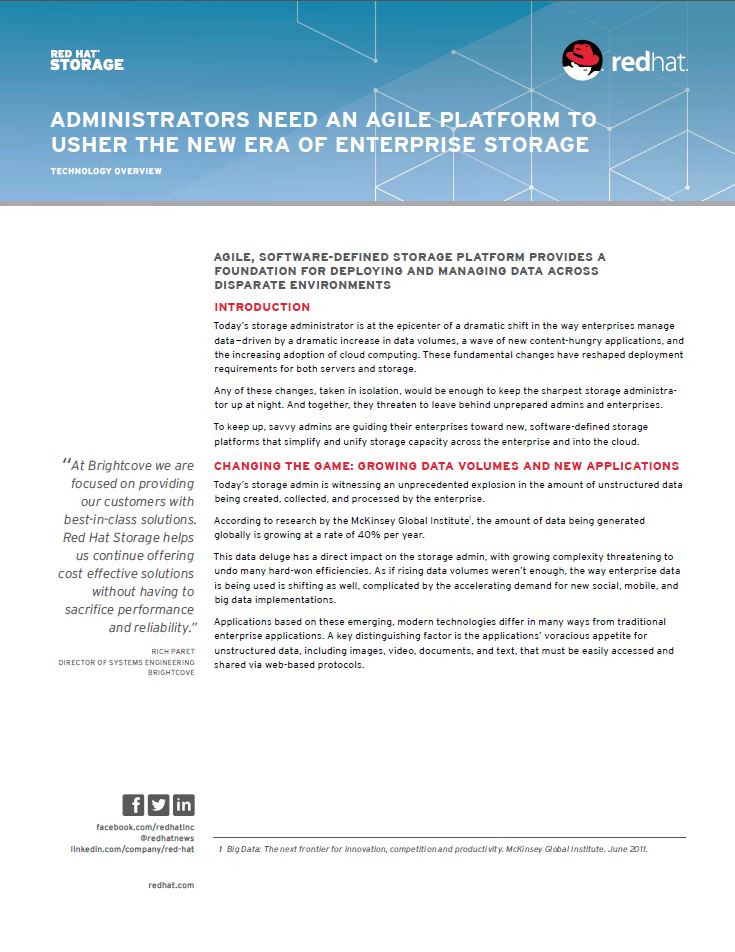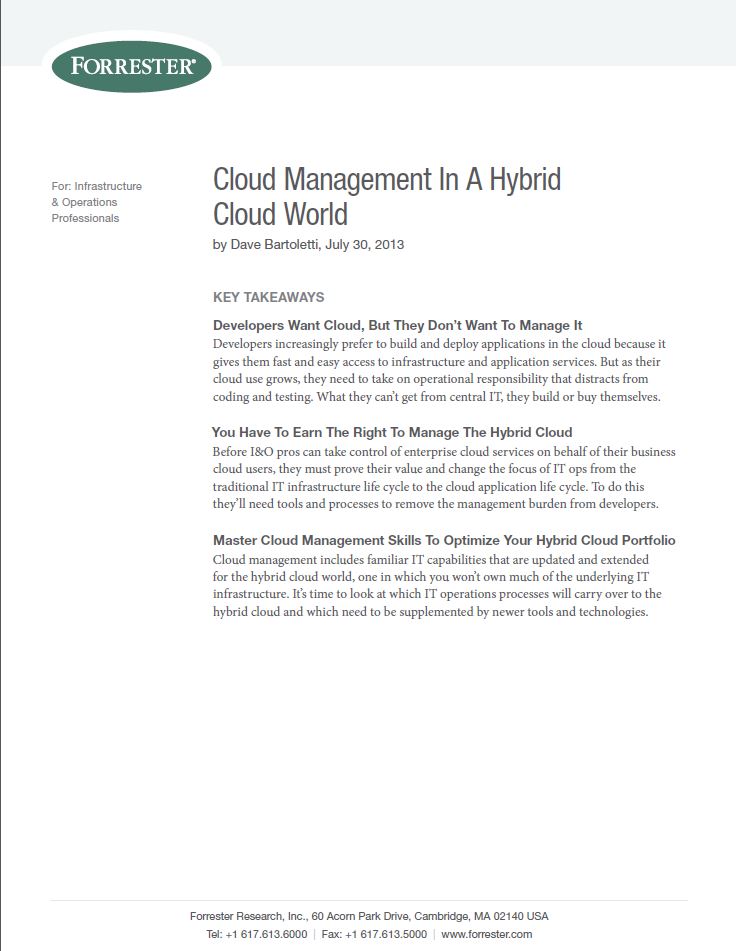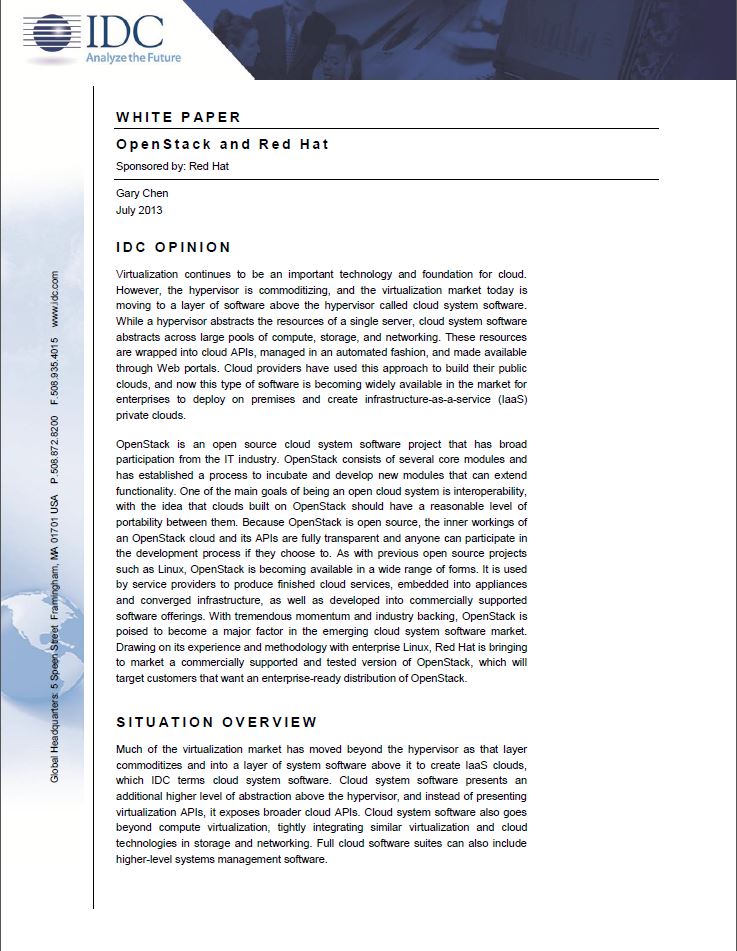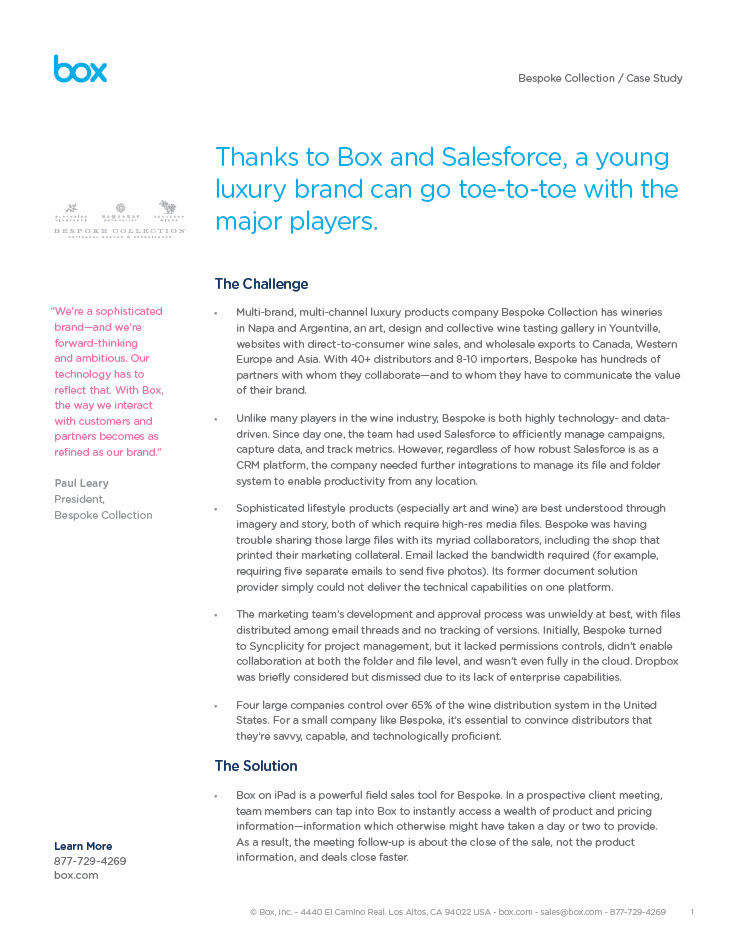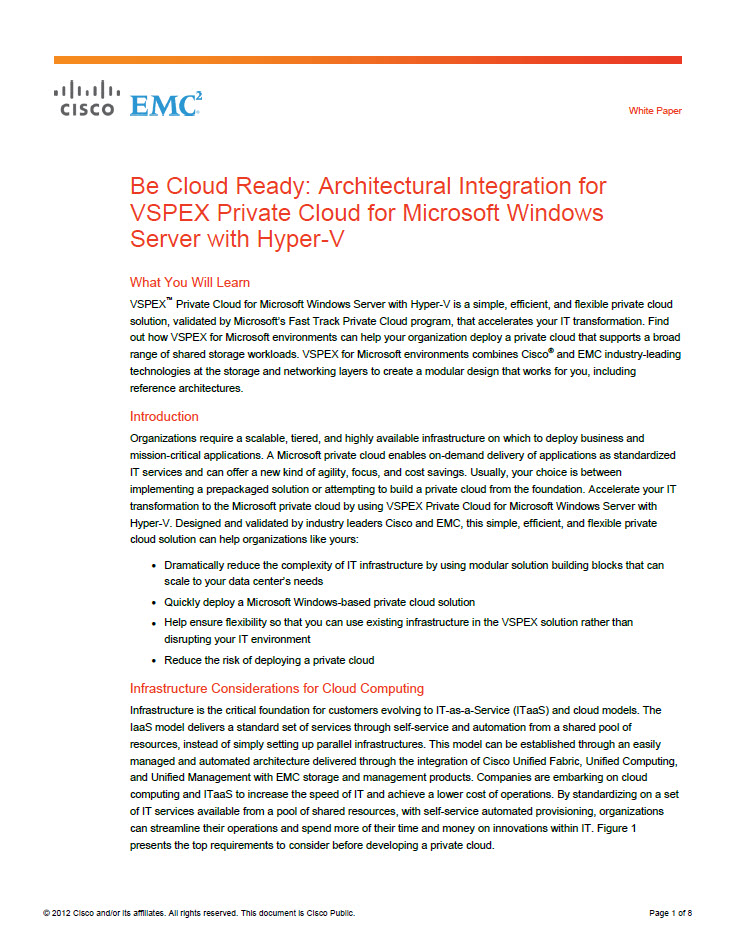CIOs strive to harness big data while keeping an eye on the bottom line
As the economy improves, CIOs must lay the foundation for the next generation of enterprise business growth, and the new battleground is data. Companies focused on transforming themselves into data-driven organizations are seeing increased innovation and improved financial performance. By contrast, businesses that continue with business as usual—amassing terabytes of data in siloed, monolithic storage
